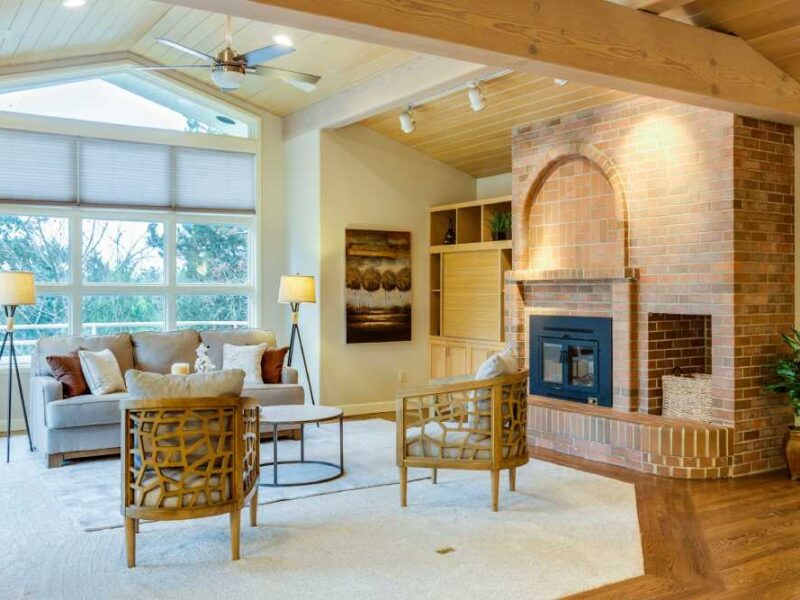Ensuring a safe and secure home environment is a top priority for every family. Conducting a home safety audit is a proactive and effective way to identify potential hazards and take necessary measures to keep your family safe. In this guide, we will walk you through the process of conducting a thorough home safety audit, providing valuable insights for mothers keen on creating a secure haven for their loved ones.
Step 1: Start with a Room-by-Room Inspection
The first step in conducting a home safety audit is to systematically inspect each room in your house. Begin with the common areas and bedrooms, paying close attention to potential hazards such as loose cords, slippery floors, and sharp objects. In the nursery, ensure that furniture is securely anchored, and there are no small items that could pose a choking hazard to infants.
Step 2: Check Electrical Outlets and Wiring
Electrical safety is paramount in any home. Inspect all electrical outlets for any signs of damage or wear. Consider installing outlet covers to protect young children from accidental shocks. Examine the wiring throughout the house, looking for exposed wires or overloaded power strips. Daisy chaining is a common household fire risk; make sure none of your power strips are plugged in to each other. If you find any issues, consult with a qualified electrician to address them promptly.
Step 3: Assess Fire Safety Measures
Evaluate the effectiveness of your home’s fire safety measures. Check smoke detectors to ensure they are in working order and replace batteries regularly. Familiarize yourself with the location of fire extinguishers and teach your family how to use them. Develop and practice a fire escape plan, especially if you have young children, to ensure everyone knows what to do in case of an emergency.
Step 4: Secure Furniture and Heavy Items
Unstable furniture and heavy items can pose a serious risk, especially in homes with children. Anchor tall furniture, such as bookshelves and dressers, to the wall to prevent tip-overs. Ensure that heavy items are stored on lower shelves to minimize the risk of injury. This precaution becomes even more crucial in homes with curious toddlers who might attempt to climb.
Step 5: Evaluate Kitchen Safety
The kitchen is a high-traffic area with numerous potential hazards. Check that all appliances are in good working condition and have functioning safety features, such as automatic shut-off mechanisms. Store sharp objects, cleaning supplies, and other potentially harmful items out of reach of children. Consider installing child safety latches on cabinets and drawers to prevent access to dangerous items.
Step 6: Review Bathroom Safety
Bathrooms can be slippery zones, especially for young children and seniors. Place non-slip mats on the floor and inside the bathtub to prevent accidents. For your young ones, check the water temperature to ensure it is set at a safe level to avoid scalding. Install safety locks on medicine cabinets to keep medications and toiletries out of reach of curious hands.
Step 7: Secure Windows and Staircases
Windows and staircases are potential areas of danger, especially for families with young children. Install window guards to prevent accidental falls and keep furniture away from windows to discourage climbing. Ensure that staircases have sturdy railings that are securely mounted. Homeowners have a duty of care to maintain the safety of their house. Establishing a safe living space not only protects your health, but also shields owners from any potential personal injury cases if a guest is harmed on your property, according to Miller & Hine.
Preventive Measures Prevent Disaster
Conducting a home safety audit is a proactive and empowering step for mothers who prioritize the well-being of their families. By systematically assessing each room and addressing potential hazards, you can create a secure environment for your loved ones to thrive. Regularly revisit and update your home safety measures to adapt to the changing needs of your family. Remember, a safe home is a happy home, and your efforts in conducting a thorough safety audit will contribute to the overall well-being and peace of mind for you and your family.




